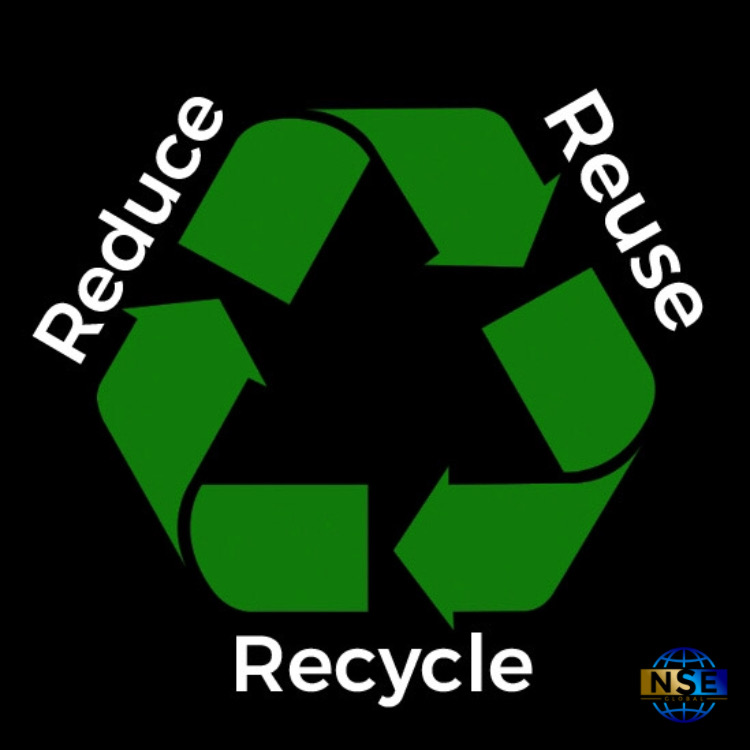“The three R’s” are such a common directive of the environmental movement that just about anyone can probably tell you what they stand for. But the meaning behind reduce, reuse, and recycle runs much deeper, and many could use clarification on why and how these actions can help the environment.
Reduce and reuse describe the most fundamental aspect of environmental sustainability – that in order to protect the environment, we have to limit our use of natural resources, thereby minimizing the destructive practices associated with the extraction of raw materials, production into the commodities we utilize in modern life, and disposal of those items once they are no longer useful to us. The basic premise is that you can use less and repurpose more to improve your environmental footprint.
Recycling is a bit more complicated. It works by collecting and processing materials that would otherwise be thrown away as trash and turning them into new products. This concept has existed for centuries. Prior to the Industrial Revolution, it was much more difficult to manufacture new goods and materials, and recycling took many forms. Recycling continued into the 1940’s, when goods such as nylon, rubber and metals were rationed and recycled to support the war effort. This period was followed by an economic boom that focused on mass production. Recycling finally took hold as a mainstream idea around the advent of Earth Day in 1970, but it took financial incentives before recycling really became popular.
States around the U.S. implemented “bottle bills” throughout the 1970’s and 80’s. The bills introduced redemption values that motivate people to turn in metal and glass in exchange for a small economic incentive, usually five cents. In California, residents can turn in recyclable items themselves to receive the payout, or they can put the items in their household recycling bin, which allows the city to be the recipient of the profit. Other countries have a much better track record than the U.S. when it comes to recycling. About 95% of beverage containers with a deposit sold in Norway are returned for recycling. Norwegians are refunded the equivalent of between 17 to 43 cents (The Atlantic).
According to the U.S. EPA, Americans generate about 258 million tons of trash per year, and only a small percentage of what goes into household recycle bins is actually recycled. Republic Services, the nation’s second-largest waste management company, estimates that 41% of households receive a “failing grade” when it comes to knowing what is, and is not, recyclable (San Antonio Express-News). Metal cans, plastic bottles, cardboard, and glass can be recycled at most U.S. recycling facilities, but the items must be fairly clean, dry, and not combined with any other materials. Mixed packaging, soiled materials, and plastic wrappers and bags are generally not recyclable through the standard “single-stream” recycling process. These materials can cause the entire bin to be contaminated, resulting in diversion to a landfill or incinerator.
Some of the other arguments against recycling are that it uses a lot of energy and water, and that the trucks that haul recyclables are a source of traffic congestion and greenhouse gas emissions. This may be true, however the energy intensity, water use, and pollution associated with extracting virgin materials from the environment are significantly higher than that of recovering the same materials through recycling.
The bottom line is that all three of the R’s truly matter. Reducing and reusing are essential to making the shift towards a more sustainable way of life. Recycling is the critical final step, and the earth would benefit from increased public awareness and understanding of how the process works.

